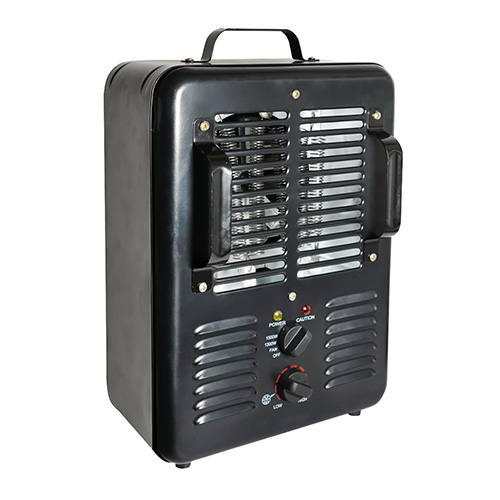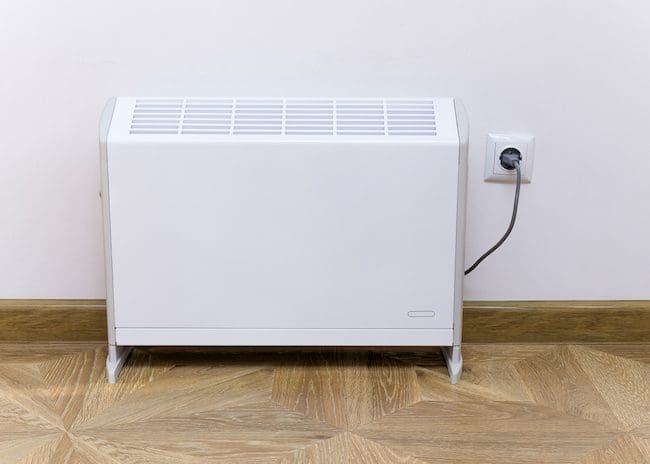1 Source Portable Air Things To Know Before You Buy
1 Source Portable Air Things To Know Before You Buy
Blog Article
How 1 Source Portable Air can Save You Time, Stress, and Money.
Table of Contents1 Source Portable Air - The FactsNot known Incorrect Statements About 1 Source Portable Air Excitement About 1 Source Portable Air4 Simple Techniques For 1 Source Portable AirThe Only Guide to 1 Source Portable Air
Running costs are based upon an electrical energy rate of 40c/kWh. The costs for 3 months' usage in winter are based upon 500 hours use, or roughly 6 hours per day for three months. Maximum warmth output is based on the maximum power level of the designs we have actually examined (we concentrate on greater electrical power heating systems).
This relies on what expense you're looking at ahead of time purchase, or running price? Customarily, there are trade-offs with either option. Generally, tiny follower heating units are cheaper to buy, however can have greater running costs. Oil column heating systems will be the cheapest on the marketplace to run (usually) however just by a narrow margin in advance of convection heating systems (like panel and micathermic panels).
The Best Guide To 1 Source Portable Air
If you have a relatively easy to fix ceiling fan, it'll help distribute the warm around the space a lot more equally. The versions in our electric heaters test normally array in rate from well under $100 to over $900, yet we have actually located a greater cost does not constantly indicate much better performance. A variety of costly heaters have failed to impress our testers, while some less expensive versions create remarkably bargains.
As the name recommends, they radiate warm from a red-hot home heating aspect (so the family will have to take turns resting in front of it). Radiant heaters are fairly economical.
The relatively revealed burner can be a fire and safety and security danger. A piece of garments dropped over it might fire up, or tiny kids playing around a flooring design might burn themselves, so be cautious. Radiant heating systems typically set you back between $20 and $200. Oil-filled column heating units do not actually shed oil they use electricity to heat up the oil that's secured inside their columns or 'fins'.
Unknown Facts About 1 Source Portable Air
Some column heating units aren't also oil-filled yet rather utilize various other product or home heating modern technology to function the very same means - click now 1 Source Portable Air. The risk of fire with an oil column heating system is low contrasted to various other heating system kinds, but never absolutely no. Oil heaters don't have actually revealed elements like radiant heaters do, and their surface temperature is lower than many other heater types (their large area offsets it)
Oil column heating systems will not blow up, and while they don't shed their oil to produce warm, it's still combustible, so there is a fire threat if the oil leakages, if the heating system topple and leaks, or if flammable things or textile enter into get in touch with or fall on the heater. You ought to exercise the very same level of caution with oil heaters when it comes to various other heating unit types, and never hang towels or garments over one to dry them use a drying out shelf instead, at the very least one metre away.
Column heaters are specifically beneficial in spaces where they'll be switched on for lengthy periods of time or where they'll operate unattended, such as over night in a bed room. The surfaces you're most likely to touch on a column heater do not get as warm as other kinds of electrical heaters. You can make use of a ceiling fan on really reduced rate to assist the column heater to disperse the warm quicker and more equally.
Oil-filled column heating units usually cost between $50 and $450. Convection go right here and panel heating units attract cool air over an electric heating aspect.
1 Source Portable Air Can Be Fun For Everyone

Convection and panel heating systems are much more portable than their oil-filled column heating system equivalents because they're considerably lighter. Like a column heating system, you can use a ceiling follower on very reduced speed to distribute the warmth quicker and much more equally.

How 1 Source Portable Air can Save You Time, Stress, and Money.
Follower heaters are typically smaller and more portable than content various other electric heating systems. They also can be found in the form of tower follower heating systems, which can be better for distributing warmth around larger rooms due to their taller profile. They can warm the air in a room a lot more swiftly, uniformly and promptly than a few other heating system kinds.
Follower heating systems (ceramic or otherwise) generally cost between $60 and $900. Ceramic fan heating units aren't always any kind of various in rate to non-ceramic models.
Report this page